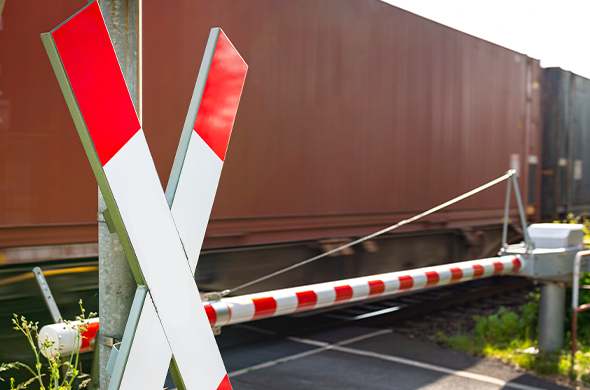We are about to face a railroad strike. It’s significant because railroad strikes have crippled the country in the past. There were strikes in 1877, 1894, 1916, 1922, 1928, 1945-46, 1968*, 1980*, 2005*, (*= NYC), 1991, and 1992(CSX
Over the next two decades, labor strikes continued to break out and disrupt the economy and prompt more legislation. In 1947, the Taft-Hartley Act was passed by Congress over the veto of President Harry S. Truman. This is a federal law that restricts the activities and power of labor unions. The Taft-Hartley Act was introduced in the aftermath of a major strike wave in 1945 and 1946. Its official title is the Labor Management Relations Act of 1947, and it amended the 1935 National Labor Relations Act (NLRA) that prohibited unions from engaging in several unfair labor practices. Among many practices prohibited by the Taft-Hartley act are jurisdictional strikes, wildcat strikes, solidarity or political strikes, secondary boycotts, secondary and mass picketing, closed shops, and monetary donations by unions to federal political campaigns.
Over the past seventy-five years, we have seen few railway strikes; those that did occur were often regionally focused (i.e., in NYC).
Now a strike looms. A group of train and engine service workers rejected a collective bargaining deal with the railroads last week. In other words, 4 of the 12 unions nixed a deal that was brokered by the Biden administration. The two sides have until December 8 to hammer out an agreement. They are back at the negotiating table but there is now a potential strike looming as soon as December 9, 2022.
Historical Perspective: In response to the frequent strikes occurring in the late 1800s into the mid-1900s, there were many laws enacted. One was the Adamson Act of 1916 signed by President Woodrow Wilson. That was the first time the U.S. government regulated the labor conditions of non-government workers. Prior to this major event, another noteworthy railroad strike was the Pullman Strike of 1894. This was a solidarity strike with factory workers of manufacturer Pullman Palace Cars. Their boss, George Pullman, who was also their landlord, had cut wages 25% while refusing to lower rents. As a show of support, as many as 250,000 switchmen refused to touch trains that included Pullman cars, paralyzing rail traffic west of Chicago. The strike itself created mayhem before it was stopped, but such disruptive labor activity like this is what eventually led to the establishment of the Labor Day holiday by President Cleveland.
By 1922, Congress had established a Railroad Labor Board to mediate disputes between companies and unions, but when the board authorized payment for a railway shipment from Chicago they struck. Many strikers wore World War 1 uniforms and patriotic signs.
If there is no agreement by that time, all 12 unions could strike on December 9, 2022. As a matter of fact, in anticipation of such action, some chemicals, and other dangerous fluids will not be transported after December 3rd, since it could leave explosive or incendiary fluids unattended.
The National Retail Federation has put out a call for Congress to act and stop the strike. Mathew Shay, president and CEO of the NRF, said: “Millions of hardworking Americans rely on the freight rail system for their jobs and the economic security of our country.” Shay continued: “A nationwide rail strike during the peak holiday season will be devastating for American businesses, consumers, and the U.S. economy. American businesses and families are already facing increased prices due to persistent inflation, and a rail strike will create greater inflationary pressures.”
Source: Forbes

